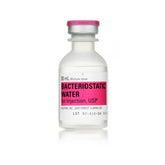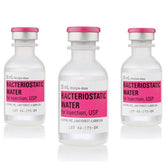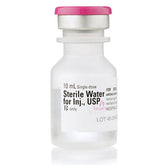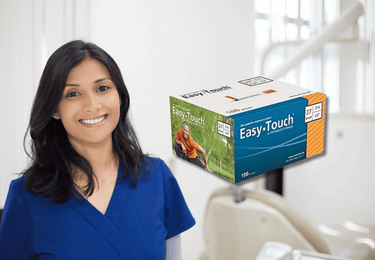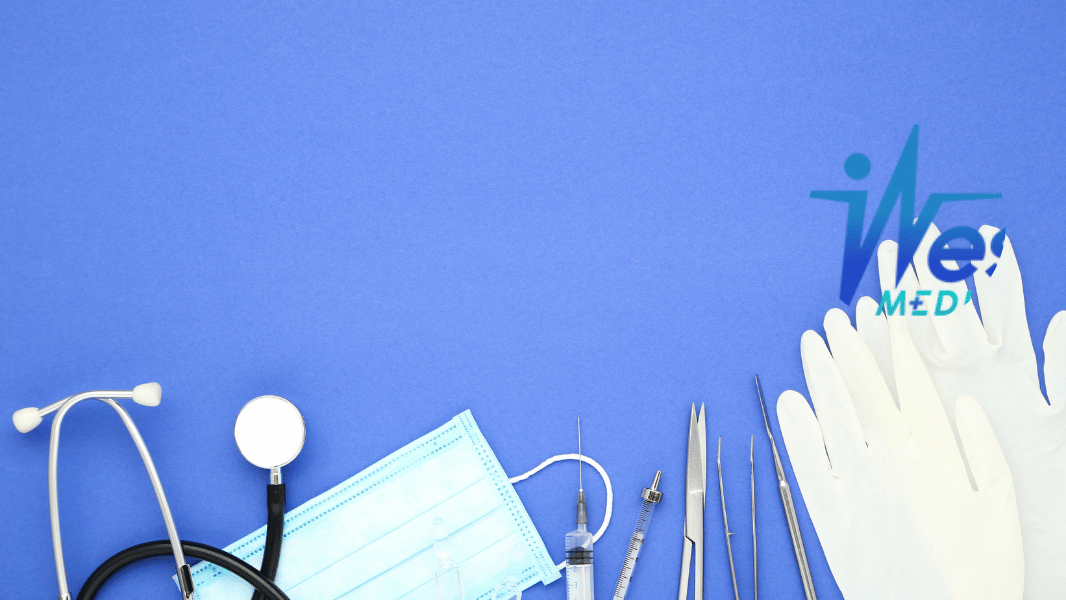Accurate measurements are crucial in various fields, including medical, laboratory, and everyday applications. In medicine, for example, precise dosages can be a matter of life and death. In the lab, accurate measurements ensure the validity of experiments. Even in cooking or crafts, getting the right amounts can significantly impact the outcome.
Despite their importance, there is often confusion between cubic centimeters (cc) and milliliters (mL). Both units are used to measure volume and are, in fact, equivalent. This article aims to provide a clear, comprehensive guide to help you convert cc to mL on a syringe accurately, ensuring you achieve the precise measurements needed for your tasks.
Understanding the Basics
Cubic centimeters (cc) and milliliters (mL) are both units of volume commonly used in medical and scientific contexts. One cubic centimeter (cc) is exactly equivalent to one milliliter (mL), which means that these units can be used interchangeably. This equivalence simplifies the conversion process, but understanding this relationship is key to avoiding mistakes.
Accurate measurements are vital in many scenarios. In medical treatments, the right dosage ensures the effectiveness of the medication and minimizes side effects. In laboratories, precision ensures the reliability of experimental results. Even in everyday tasks like cooking, precise measurements can affect the quality and consistency of your recipes. Knowing that 1 cc equals 1 mL simplifies these processes and helps maintain accuracy.
Reading a Syringe
A syringe consists of several parts: the barrel, the plunger, and the needle. The barrel is the hollow cylinder that holds the liquid, the plunger is the part you push or pull to draw in or expel the liquid, and the needle is the pointed metal tube that delivers the liquid. Understanding these components is essential for using a syringe effectively and accurately.
Measurement markings on a syringe are typically in mL or cc. These markings indicate the volume of liquid the syringe can hold. To read these markings accurately, align the top edge of the plunger with the desired marking on the barrel. This ensures that you are drawing up or expelling the correct volume. Keeping the syringe level and steady during this process is crucial for maintaining precision.
Converting CC to mL
Converting cc to mL is straightforward since 1 cc equals 1 mL. This means that if you need 5 mL of a liquid, you simply draw up to the 5 cc mark on the syringe. This direct conversion eliminates any guesswork, making it easy to get the precise amount needed for your application.
Practical examples can further illustrate this conversion. If a medical prescription requires 10 mL of a medication, you would fill the syringe to the 10 cc mark. Similarly, for laboratory experiments requiring 2 mL of a reagent, you would draw the liquid to the 2 cc mark. Visualizing these conversions helps reinforce the simplicity and accuracy of the process.
Common Uses and Applications
In medical settings, syringes are used to administer medications, vaccines, and other treatments that require precise dosages. Accurate measurements ensure that patients receive the correct amount, maximizing the treatment’s effectiveness and minimizing potential side effects.
Beyond medicine, syringes are essential tools in laboratories for handling chemicals and solutions with precision. They are also used in various industries, from culinary arts for precise ingredient measurements to crafts for accurate application of adhesives or paints. Understanding how to convert cc to mL ensures accuracy across these diverse applications.
Tips for Accurate Measurement
To ensure accurate measurements, avoid air bubbles in the syringe. Air bubbles can displace the liquid, leading to incorrect volumes. To remove bubbles, hold the syringe with the needle pointing up, tap the barrel to move bubbles to the top, and gently push the plunger to expel the air.
Maintaining syringe hygiene is also crucial. After each use, clean the syringe thoroughly to prevent contamination. Sterilizing syringes, especially for medical or laboratory use, is essential to maintain safety and accuracy. Proper disposal of used syringes helps prevent needle-stick injuries and environmental contamination.
Following the Guidelines
Converting cc to mL on a syringe is a simple yet crucial task that ensures accuracy in various applications. Remember, 1 cc equals 1 mL, and understanding this relationship helps maintain precision. Accurate measurements are vital in medicine, laboratories, and everyday tasks, ensuring the success of your endeavors.
By following the guidelines and tips provided in this article, you can achieve accurate measurements every time. Practice these techniques to become proficient and confident in using syringes for all your needs.

